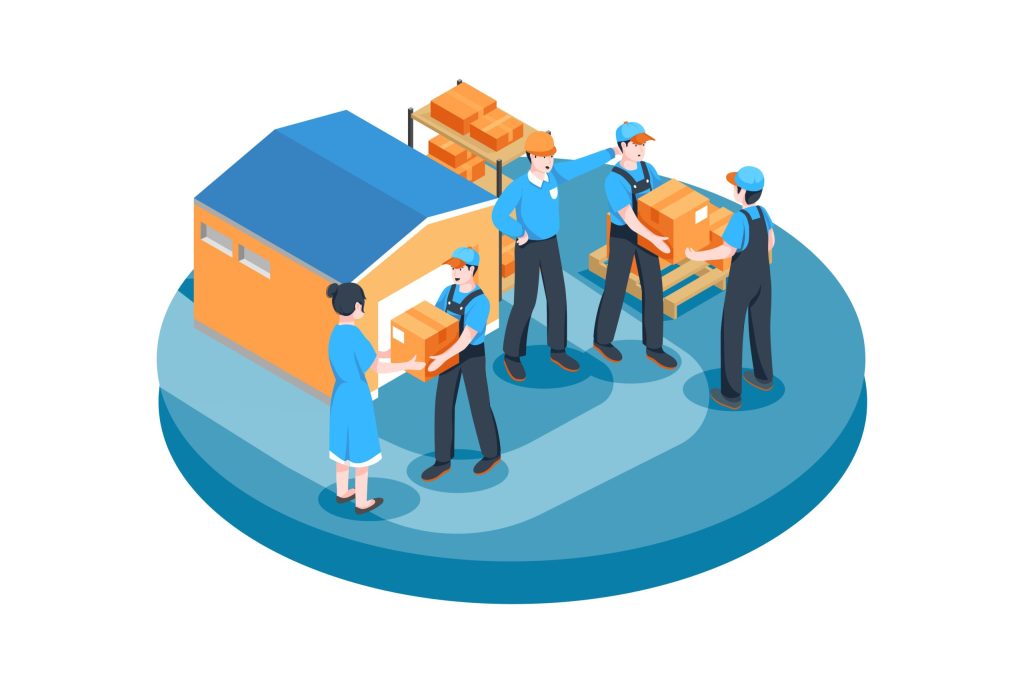Author: Bobby J. Martens, Associate Professor & Iowa Institute for Cooperatives Endowed Professor of Economics, Department of Economics, Iowa State University
Supply chain management (SCM) exploded from a business function name to news headlines and household conversations. Little did we realize so many SCM experts lurked on factory floors and silently watched container ship movements!
So, what is SCM, and why all the fuss? SCM is the “real world” integration of supply and demand within and across companies to meet the needs and wants of customers. Integration (or appropriate synonyms) is the action of SCM. Without action, supply chains may exist, but without much function or purpose. Customer service is the output of SCM. No customer need, no SCM.
SCM is not simply “the value chain”. (Using these terms interchangeably really grinds my gears, so please indulge me!) A value chain denotes a linear process in which actors change raw materials (manufacture or process) into value-added products. For example, sugar beets are used to make sugar in a value chain, but the supply chain for sugar is much more intricate. Supply chain management is complex and exists in a multi-dimensional space where both related and seemingly unrelated actors influence the flows of 1) goods and services, 2) financial transactions, 3) information, and 4) other factors such as risk and innovation.
Currently, supply chain managers may feel like they’re flying through the Milky Way Galaxy faster than the speed of light, integrating with suppliers and intermediators (think stars, moons and planets!), while avoiding disruptions and bottle necks (think meteor showers, black holes and asteroids!). Bringing this back to earth, imagine the complexity involved in designing, procuring inputs, managing human relationships, manufacturing, and distributing a new tractor to a farmer. Remember the information flows, relationships with 1000’s of global suppliers, financial complexities, risk management, goals to innovate, and the last-mile truck driver.
Still, companies successfully manage supply chains, and some change their industries[1]. So, why all the fuss now? A litany of reasons exists, and no single aspect of supply chain management explains the challenges faced by global supply chains. I offer thoughts on one aspect of supply chains, which I believe are especially relevant for the food and agriculture sectors. The past 35 years have been relatively stable (the Cold War ended, global trade increased and both major U.S. political parties signed trade agreements). This was and is good. In this relatively stable world, efficiency often topped the list of supply chain management goals, and “just-in-time” (JIT) buzzed through corporations[2]. Like stability, efficiency was and is good. Today, some argue that our world is less stable. Our supply chains, designed to be efficient and low cost, are struggling with demand spikes, changing consumer preferences and supply uncertainty. Supply chain managers are challenged to create resilient, agile and flexible supply chains while maintaining efficiency. A new equilibrium will emerge, but not overnight!
Endnotes
[1] Examples include Eli Whitney’s cotton gin, Henry Ford’s assembly line, Toyota’s Toyota Production System (quality), Walmart’s low cost, and Amazon’s same- or next-day home delivery.
[2] Just-in-time (JIT), made popular by the Toyota Production System, was not created to simply reduce inventory. A primary goal was to remove waste to find problems. JIT often fails unless supply chains are designed for the strategy.




